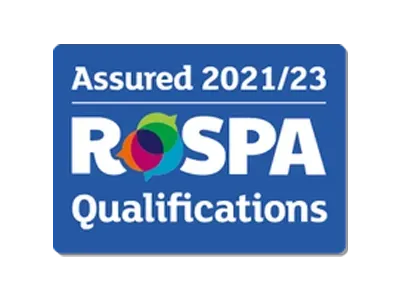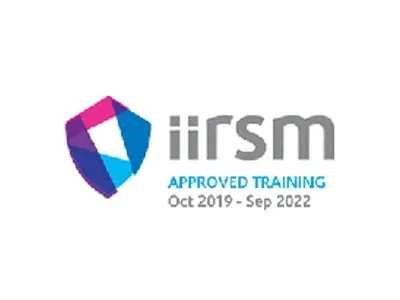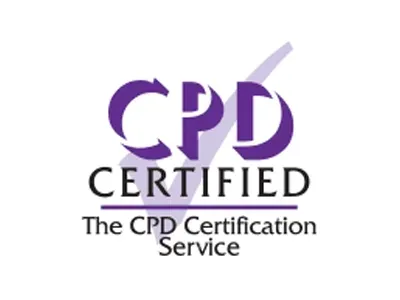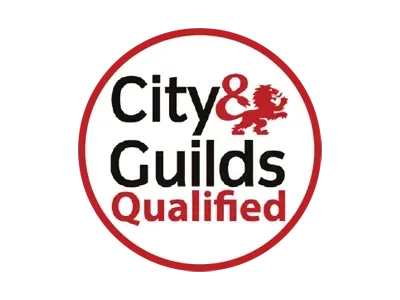Insight:
Best Practices for Legionella Testing in Water Systems

Ensuring the safety of water systems is paramount, and one crucial aspect is conducting regular legionella testing. Legionella bacteria can pose serious health risks, making it essential to implement best practices for testing. In this article, we explore the importance of legionella testing in water systems, the best practices to follow, and how it contributes to maintaining water safety and public health.
Understanding Legionella Testing
Legionella testing involves sampling and analysing water systems to detect the presence of legionella bacteria. It helps identify potential risks and ensure the effectiveness of control measures. By following established best practices, water system owners can proactively manage the risks associated with legionella contamination.
Importance of Regular Testing
Regular legionella testing is crucial to monitor and maintain water safety. It provides valuable information about the presence and levels of legionella bacteria, allowing for timely interventions and appropriate control measures. Regular testing helps identify any changes or emerging risks in water systems, ensuring the ongoing safety of individuals who use or come into contact with the water.
Sampling Methods and Locations
Proper sampling methods and locations are essential for accurate legionella testing. Samples should be collected from representative points in the water system, including hot and cold water outlets, showerheads, taps, and any areas with increased risk. Following guidelines and industry standards, such as those outlined in HSG274 and ACOP L8, ensures consistent and reliable sampling practices.
Laboratory Analysis and Interpretation
After sampling, laboratory analysis is conducted to detect and quantify the presence of legionella bacteria. Accredited laboratories and qualified professionals follow standardized procedures to ensure accurate results. Interpreting the analysis findings requires expertise and knowledge to understand the significance of the results and make informed decisions regarding control measures and risk management.
Mitigating Risks and Control Measures
Legionella testing plays a crucial role in identifying risks and informing the implementation of control measures. When elevated levels of legionella bacteria are detected, appropriate actions should be taken to mitigate risks. This may include disinfection, flushing, temperature adjustments, and maintenance protocols. Regular testing helps verify the effectiveness of these control measures and ensures ongoing water safety.
Compliance with Guidelines and Regulations
Adhering to guidelines and regulations, such as HSG274 and ACOP L8, is vital for legionella testing. These guidelines provide industry best practices and ensure that testing procedures are carried out in a standardized and reliable manner. Compliance helps water system owners demonstrate their commitment to maintaining water safety and meeting regulatory requirements.
Best practices for legionella testing are essential for maintaining water safety and protecting public health. By implementing regular testing, following proper sampling methods, and interpreting results accurately, water system owners can proactively manage the risks associated with legionella contamination. Compliance with industry guidelines ensures consistency and reliability in testing procedures. At [Company Name], we prioritize best practices for legionella testing, offering comprehensive services to help you safeguard your water systems and ensure the well-being of all who use them.




